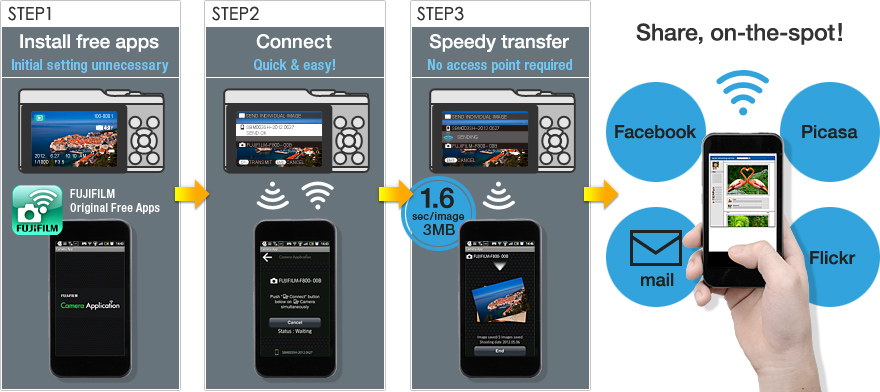
The maximum recording time in 4K is 10 minutes on the X-T20 or 15 minutes on the X-H1. Whereas both cameras are capable of 4K recording at 30fps, the new camera can also record in Cinema 4K / 24fps. With the X-H1, Fujifilm has taken the video specifications to new heights for the X-Series. All the main mirrorless companies already have multiple IBIS-capable bodies in their arsenal, as do a few DSLR manufacturers such as Pentax. * As a side note, Fujifilm is a bit of a latecomer to the IBIS party.

With most lenses, it stays at 5Ev.īecause the X-T20 lacks IBIS, you need to rely on the optical stabilisation of OIS lenses to obtain good results at slow shutter speeds. For example, with the XF 35mm f1.4, the compensation goes up to 5.5Ev while with the 10-24mm, it goes down to 2.5Ev. However, be aware that the performance can increase or decrease depending on the specific lens used. The IBIS works with all Fujinon lenses, even those that lack optical stabilisation, and promises up to 5EV stops of compensation. In fact, it is the very first Fujifilm model to feature this technology, so we’ll be very curious to see how it compares to IBIS-capable models from other brands.* If there is one difference that bears mentioning, it is the incorporation of 5-axis in-body sensor stabilisation on the X-H1. Prelude: VPB-XH1 Vertical Power Booster Gripīefore I begin, I’d like to touch upon the VPB-XH1 (vertical battery grip) for the X-H1, as I’ll be mentioning it throughout the article where relevant.īy activating Boost mode in the menu and fitting the camera with the grip, the X-H1 can use multiple batteries to improve its performance in various ways, including continuous shooting, video duration, shutter release time lag and blackout time.Ī vertical battery grip isn’t available for the X-T20, so it cannot benefit from similar performance enhancements.
#FUJIFILM PC AUTOSAVE CONNECTION FULL#
To know more about our ethics, you can visit our full disclosure page. If you decided to buy something after clicking the link, we will receive a small commission. Within the article, there are affiliate links. We were not asked to write anything about these cameras, nor were we provided with any sort of compensation.

They share the same sensor and autofocus system so the differences need to be found elsewhere. On one hand, we have the mid-range X-T20 which combines a compact body with a good range of features and a straightforward interface and on the other, the X-H1, a robust workhorse designed for professionals and advanced users. In this comparison preview, we’re going to be taking a look the main differences between two Fujifilm cameras that epitomise these contrasting approaches. This is especially true now that there are so many advanced telephoto lenses whose size necessitates a camera with a substantial grip. Whereas the aim used to be to synthesise a compact form factor with high-end features, no matter the intended user base, the main objective today is to produce a range of bodies – some compact and portable, others larger and more robust – for different kinds of users.

The concept of the mirrorless camera has changed considerably since the first models appeared on the scene a decade ago.


 0 kommentar(er)
0 kommentar(er)
